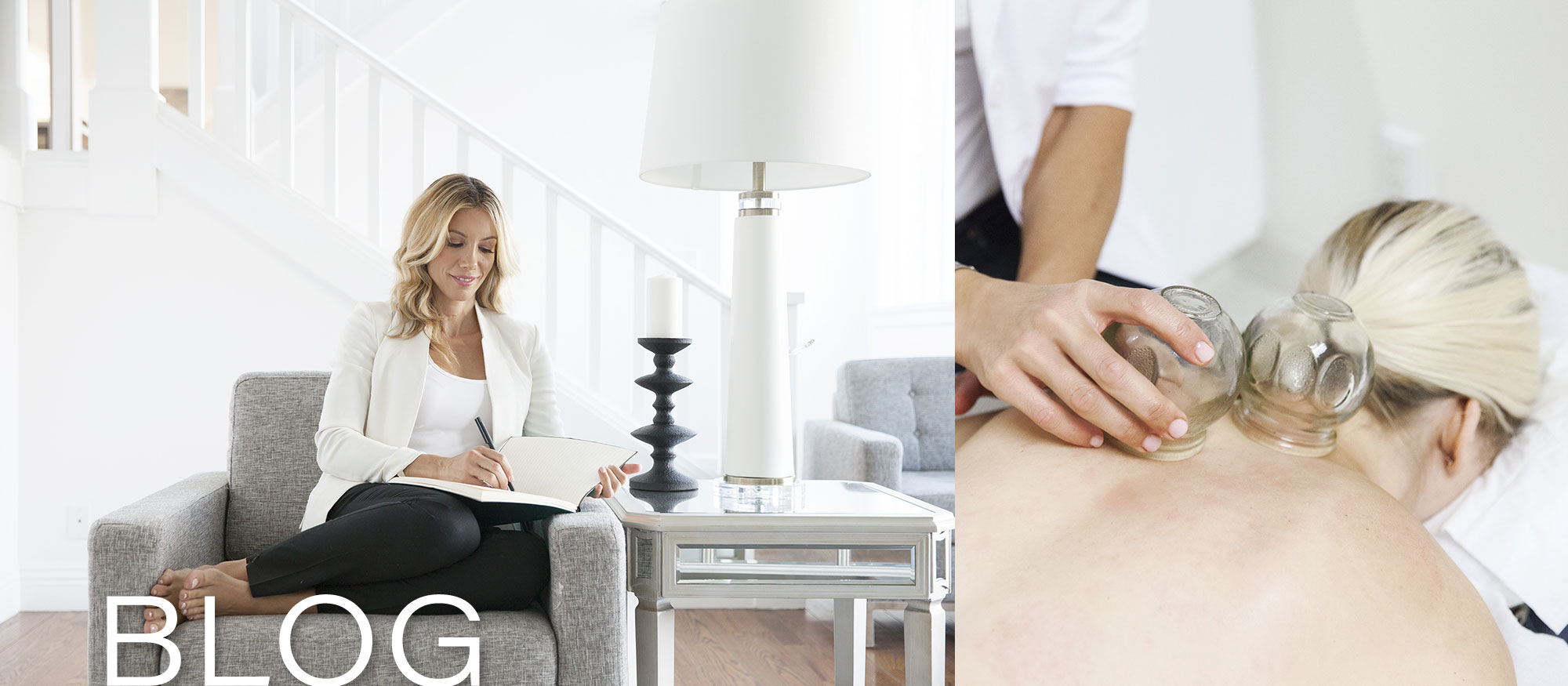
10 Ways to Stay Pain-Free
Experiencing any type of pain prevents you from living your life to the fullest. Pain can be felt in many different ways, from physical to psychological. It’s often believed that when you experience psychological stress from suppressed emotions, the distress can eventually manifest as a physical health condition, which can only lead to even more pain and discomfort.
Every person has experienced a form of pain in his or her lifetime. However, it’s always best to deal with pain as it arises, rather than ignoring it before moving on. Additionally, there are many ways to avoid the pain that can occur in your life on a daily basis. Reactive emotions that lead to destructive behaviors are a common source of pain for many, as well as mindset and lifestyle choices.
If you’re ready to eliminate the unnecessary sources of pain in your life, here are 10 easy ways to stay pain-free!
1. Preparation
Have you ever been late with an assignment, forgotten an important document at home or locked your keys in your car without having a spare set?
It’s interesting to note that much of the pain we feel each day surrounds unfortunate circumstances or events—some of which can be linked to a lack of preparation. That’s not to say all stressful situations are in our control, of course. But when they are, many times the simple act of preparation (such as obtaining a spare set of car keys, or putting your important document in your work bag the night before) can easily eliminate the pain such inconveniences can cause. This also applies when it comes to your diet, if you’re prepared with healthy foods, you’ll be less likely to reach out for a pain-causing food.
2. Positivity
The vast majority of our pain stems from events that haven’t even occurred yet. How often do you find yourself worrying about scenarios in the future that don’t even exist in the present? This negative way of thinking only causes us pain and takes away from any type of pleasure we may experience in the present moment.
Staying pain-free can be as simple as paying attention to your thought pattern. By observing the thoughts you’re thinking (and how many of those are negative), you may begin to notice that your thought patterns are more negative by default- such as “I’m going to mess up this presentation” or “I wish I was having a better hair day”.
Learning to switch your negative thoughts to positive can help reprogram your “internal setting” for positive thinking- which will therefore eliminate the amount of pain you feel from unpleasant thoughts.
3. Performance
Performing can be defined as accomplishing or carrying out a specific task or function.
How good does it feel to finally achieve a goal you’ve set, or complete a project that you’ve been working on for hours or even days? Performing is a source of pleasure that eliminates the pain that can occur from being defeated, or not carrying out a task you’ve committed to.
Performing in your life is much like showing up for yourself. When you consider not showing up for a certain situation in your life (which we all fall victim to), it can help to visualize the situation at hand, and walk yourself through to the outcome that may result if you don’t show up.
If the outcome will cause you more pain in the long run (even if it may bring initial pleasure), the easy way to stay pain-free would be to ignore your mind’s desire to choose the option that offers instant satisfaction. Stick to your plan!
4. Passion
The importance of making time in your life for what you’re most passionate about cannot be understated- especially when it comes to staying pain-free.
Whether your passion is business or cooking, increasing the amount of time you spend doing something you’re passionate about is a therapeutic form of stress relief.
If you haven’t found your passion yet, try making a point of joining new activities, signing up for new classes and getting involved in community events. Trying new things is the best way to discover your passion and increase the pleasure in your life.
5. Purpose
Feeling disconnected from the thought of having a purpose can create feelings of unfulfillment and a discontentedness, which both cause emotional pain. On the other hand, feeling a sense of purpose can shift your entire reality by causing you to feel inspired, excited and connected.
Feeling a sense of purpose doesn’t have to be triggered by an epiphany- or some kind of spiritual awakening. Feeling like you have a purpose can be as simple as doing something nice for a stranger, or helping someone in need without any expectation in return. We all have a purpose, but it’s up to us to understand what it is—and make the most of it.
6. Playfulness
Taking life too seriously is never a good way to stay pain-free. Being playful in your life by having a good sense of humor and making a point of laughing each day is one of the quickest ways to heal pain of yourself and of others.
Humor is incredibly infectious—so the next time you begin to experience pain, make it a priority to find something that will make you laugh as soon as possible. Being playful also means not taking life too seriously, being able to laugh at yourself once in awhile and act like a child.
7. Power
While it’s important to be playful with life, it’s also important to exercise your personal sense of power to stay pain-free. Now, this refers to the power you already posses within and knowing how to use it to avoid painful situations.
For example, you may have found yourself in situations before where your personal boundaries are crossed or disrespected, which has caused you to feel pain. One way to avoid feeling the pain associated with such a situation is to use your personal power to create boundaries, and ensure they’re not crossed. This could mean saying no to a last minute request from a loved one, or standing up for yourself in a firm but calm way when you feel someone is treating you with disrespect.
8. Patience
Impatience only evokes feelings of irritation and aggravation. Both emotional states cause pain and often lead to further escalated emotions, such as anger.
Being patient is a practice, and perhaps more so today than ever before. With the today’s fast-paced lifestyle, it can be all too easy to forget how easy it is to stay pain-free when you choose patience in an otherwise frustrating or time consuming situation. Staying pain-free through patience is as simple as knowing you are in charge of making the choice to be patient, rather than feel annoyed. When choosing to be patient, it can help to remind yourself that you only have the power over your actions and emotions, and anything else is beyond your control.
9. Present
Being present is key to staying pain-free, as focusing on the present moment allows you to instantly stop your mind from wandering to worry-filled thoughts or remembering painful events from the past. When you’re beginning to feel pain, simply put your focus on what you are doing in the present moment (it can also help to focus on your breath) and nothing else.
Through the practice of shifting your attention to what’s happening right now, you’ll begin to notice the worries of the future and trauma from the past doesn’t exist in the present moment you’re experiencing.
If you find it hard to shift your focus to the present moment, it can help to put away all technology (which is probably the biggest distraction for taking us out of the present) and sit quietly while taking several slow, deep breaths.
10. Philanthropy
There’s a saying that goes “When you’re feeling helpless, help someone”. Of course, you don’t have to wait until you feel helpless to help someone. This quote simply explains how helping someone through kindness and philanthropy by removing his or her pain can also help remove your own. Find a cause you cause you believe in and devote time (no matter how little) to making a positive difference in the world.
Practicing all of these tips can help you stay pain-free and positive. By staying pain-free, you’ll create the perfect internal environment for genuine, lasting happiness.
